Online store - Prototype
Project Decision-Making Process & Rationale
When starting this project, my main goal was to create a smooth, intuitive, and enjoyable shopping experience — one that feels natural for users while still being visually appealing and efficient. I wanted to think like a user, not just a designer, and ask: “If I were shopping here, what would I expect to see next? What would make me stay and complete my purchase?”
1. Understanding the User Journey
Before jumping into design, I mapped out a simple yet realistic user journey:
- Browsing products – Users land on the app curious and want to explore.
- Adding items to cart – They see something they like and want to buy it.
- Managing favorites – Sometimes they aren’t ready to purchase but want to save items for later.
- Reviewing their profile – They want a quick way to check their information, history, and preferences.
This journey became the backbone of my design decisions — each screen should connect smoothly to the next, reducing friction and confusion.
2. Decision-Making & Priorities
My priority was to keep things simple, clean, and user-friendly:
- Shopping Cart: Designed to be clear and easy to edit. Users can adjust quantities or remove items with minimal effort.
- Favorites List: Placed prominently so users can return to saved products without searching again.
- Profile Section: Gives users a sense of control — they can check orders, update info, and feel connected to the platform.
I also focused on consistency: typography, buttons, and icons follow the same visual style so that users feel at ease navigating the app.
3. Design Choices & Rationale
- Colors: Chose a clean palette to keep focus on the products, not overwhelm users.
- Buttons & CTAs: Made them visible and easy to tap, especially for mobile users.
- Navigation: Designed for quick switching between cart, favorites, and profile — minimizing frustration.
- Micro-interactions: Added smooth transitions to make the experience feel polished and alive, encouraging users to explore more.
4. Human-Centered Thinking
Every decision came back to one question: “How will this make the user feel?”
- Will they feel confident about their purchase?
- Will they feel in control when managing their cart?
- Will they feel understood when they see their favorites saved?
The design isn’t just about functionality — it’s about building trust and creating an experience that users enjoy enough to return to.
5. Outcome
This prototype shows the core flows — product purchase, shopping cart, favorites list, and profile view — all working together in one seamless experience. It’s not just a collection of screens, but a story of how users interact with the platform from discovery to checkout.
Reviews
3 reviews
Overall, great work! To make the experience even better, consider grouping products into clear categories in addition to the filter and search bar. This will help users quickly skim and find what they need by applying the principle of proximity. Also, review the button hierarchy. Instead of using primary buttons on every product card, keep just one primary action per screen and style the card buttons as secondary to guide users’ focus effectively.
Hamsa, your prototype feels thoughtful and user-centered—the flows are clear, and refining button hierarchy and product grouping will make it even smoother, so overall you’ve built a strong, engaging shopping experience!
This prototype demonstrates a thoughtful and user-centered approach. I like how you clearly mapped the user journey and used it to guide every design decision, keeping the flow intuitive and consistent.
The focus on simplicity, clean layout, and clear CTAs makes navigation easy and reduces friction, which is essential for an online store.
Features like the shopping cart, favorites list, and profile section are well-prioritized, giving users control and confidence while shopping.
The attention to visual consistency, color choices, and subtle micro-interactions adds polish and makes the experience feel cohesive and engaging.
This design balances usability with a human touch, creating a platform that feels approachable, trustworthy, and enjoyable to use.
You might also like
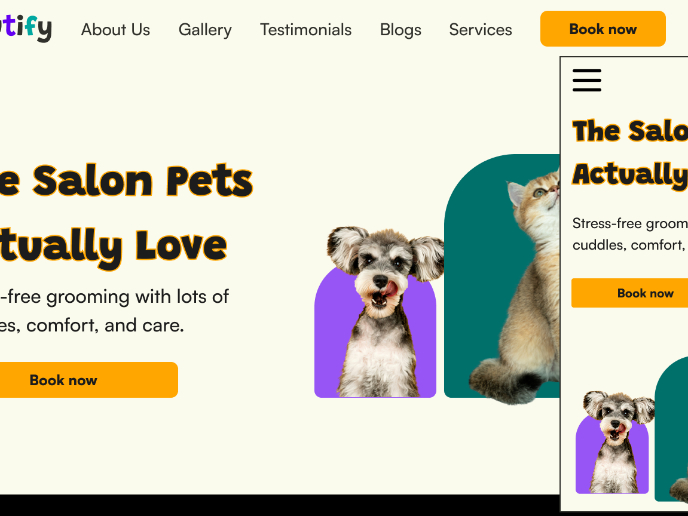
Pawtify - Responsive Landing Page Brief
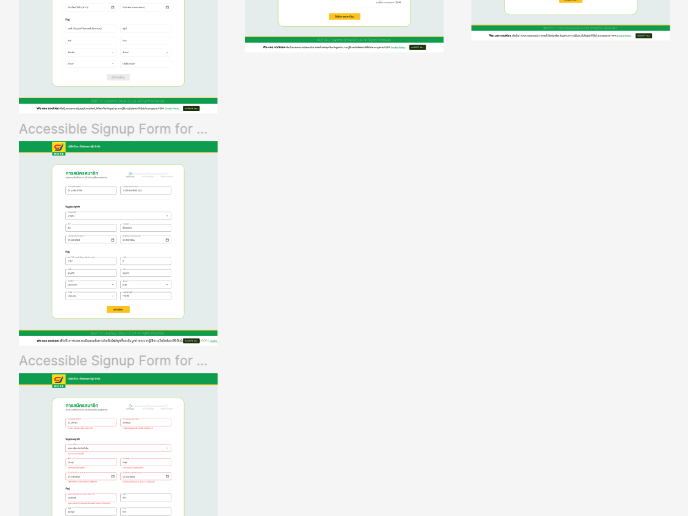
Accessible Signup Form for SaaS Platform
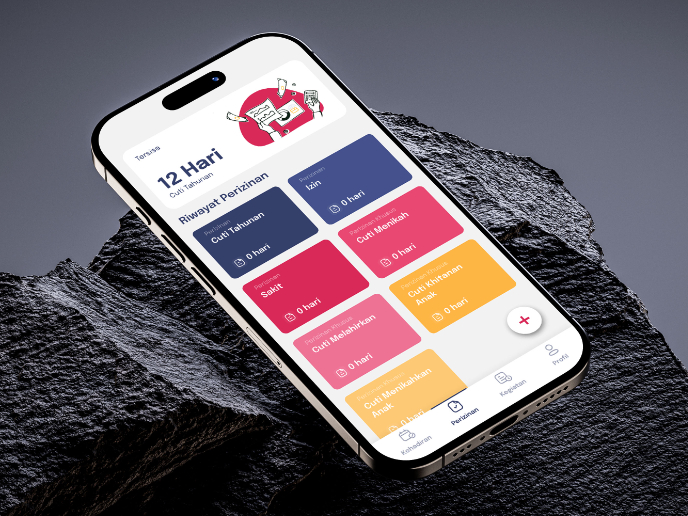
SIPALA - Attendance, Leave, and Activity Management System
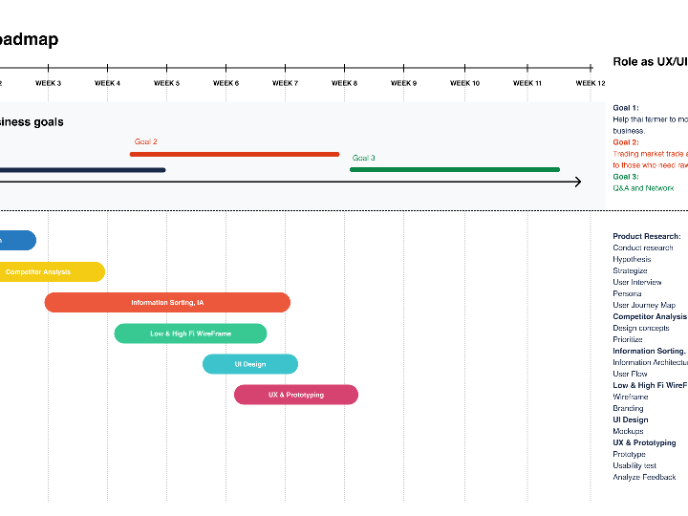
Build a Product Roadmap
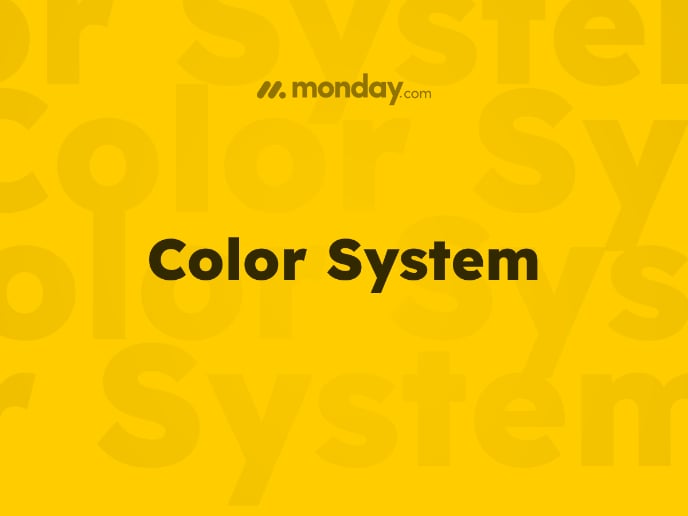
Monday.com Color System
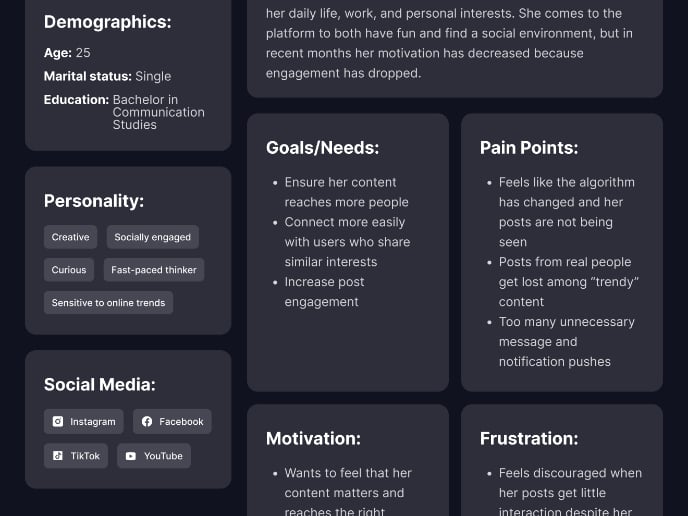
User Persona
Popular Courses

UX Design Foundations

Introduction to Figma










